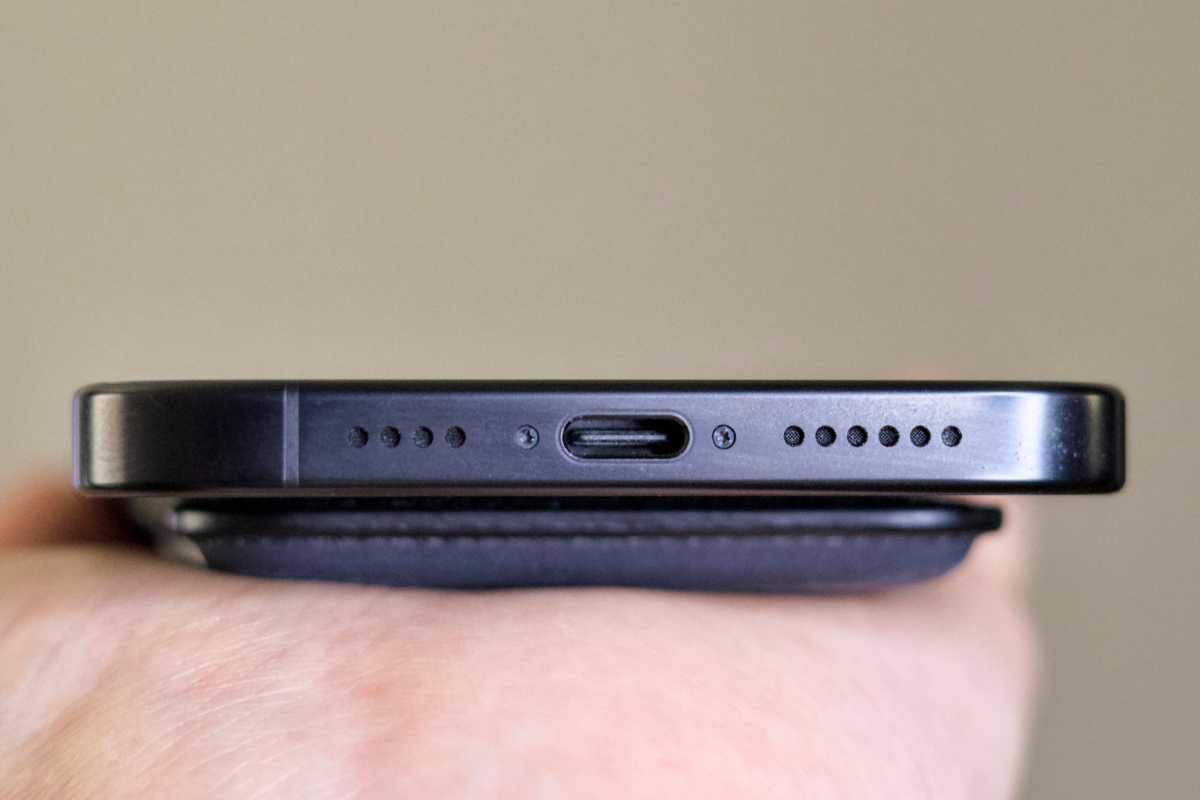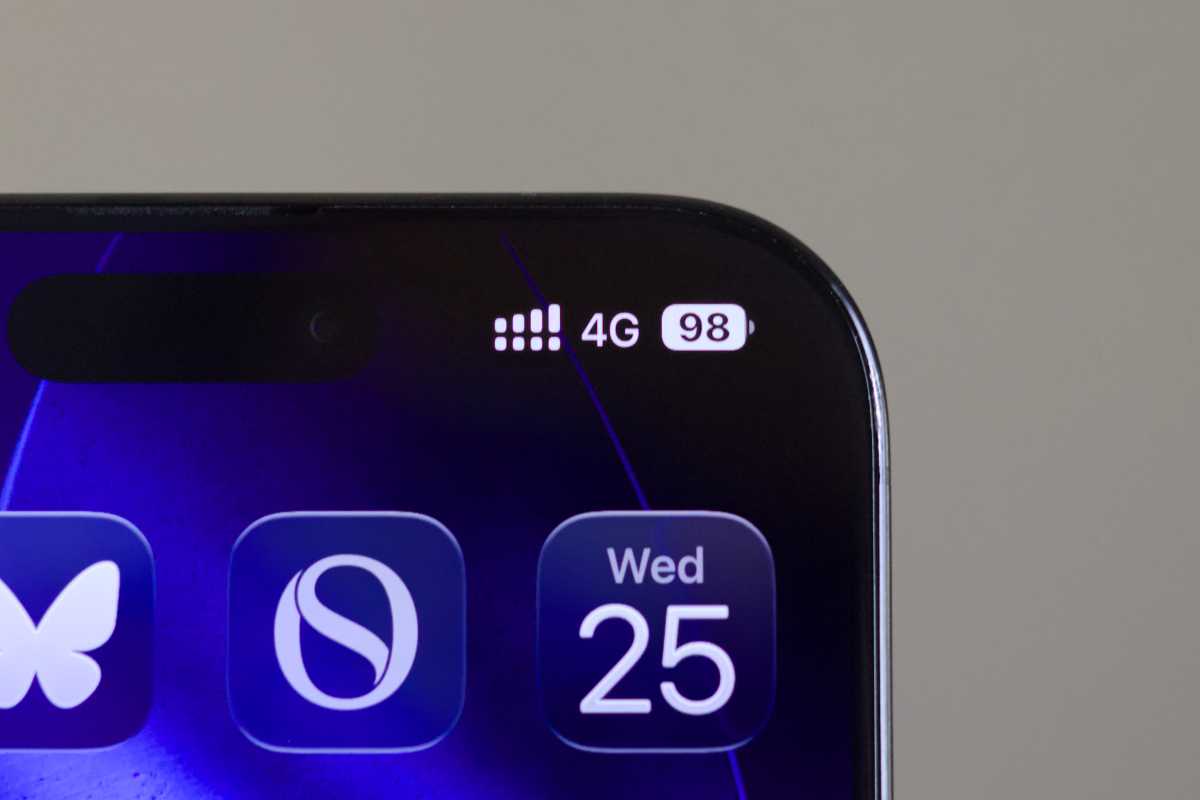In this case, it's M-Audio ProFire series interfaces. In my opinion, these are one of the best out there. They (the 2626 and 610) have 8 analog ins and outs for the 2626 and 4 and 8 for the 610. The 2626 has 8 mic pres built in and are easily bypassed if you plug in a TRS jack to run your preferred preamps (Neve based for example). They work great in Jack and can also be monitored live (direct with zero latency) via FFADO mixer. In my other posts (around March 2025), I have how to get FFADO mixer to work (if mixer live monitoring is desired). In my case it took jumping through some hoops, but was well within reason now that the hoops are understood. Here's the link to that (it's also in more detail on the Sourceforge FFADO Mailing List / User from March of 2025):
viewtopic.php?p=175145#p175145
So to get multiple interfaces working together, I've daisy chained the 610 and 2626 with firewire cables and connected their clocks via SPDIF. Jack shows both interfaces worth of i/o as does the DAW. Very nice solution for a lot of i/o. Interestingly, all 2626 have the same device ID which may cause some conflicts (FFADO sourcefourge mailing lists user from April 2025) has more information on this and a workaround (if required). I've not tried two or more 2626 units daisy chained, but I'd guess they'll work similarly.
So here's how I've sync'd the clocks and used the interfaces with jack. Fairly straight forward and makes good sense. No need for the original windows or mac software by the way.
Hardware Setup: Connect both units to the PC via firewire cables. I didn't connect both to the PC rather I daisy chained them via a pair of FW cables and connected one interface (in my case the 610) to the PC. Connect the proper clocking I/O (SPDIF or ADAT) with cabling.
At the top in FFADO mixer (do this BEFORE starting Jack) there should be two tabs (one for each device plugged in. If not: pkill ffado-dbus-serv in the terminal
and reopen the mixer), pick which device will be the slave, and for this unit select SPDIF (or ADAT) for the clock source (leave the master as Internal).Both blue power/status LEDs should be blinking
Open QjackCTL (can also be done in command line) and start the stream to the interface as normal. It will open all i/o for both interfaces (in my case, a ProFire 2626 as slave and a ProFire 610 as master). Both blue power/status LEDs should now be solid.
And I confirmed that the slaved device (2626) was sync'd via SPDIF by unplugging the RCA cable syncing the clocks. The blue power/status LED on the 2626 started blinking immediately until the SPDIF was reconnected. Once again, FFADO mixer to the rescue!
Statistics: Posted by 777funk — Fri Apr 18, 2025 4:12 pm















